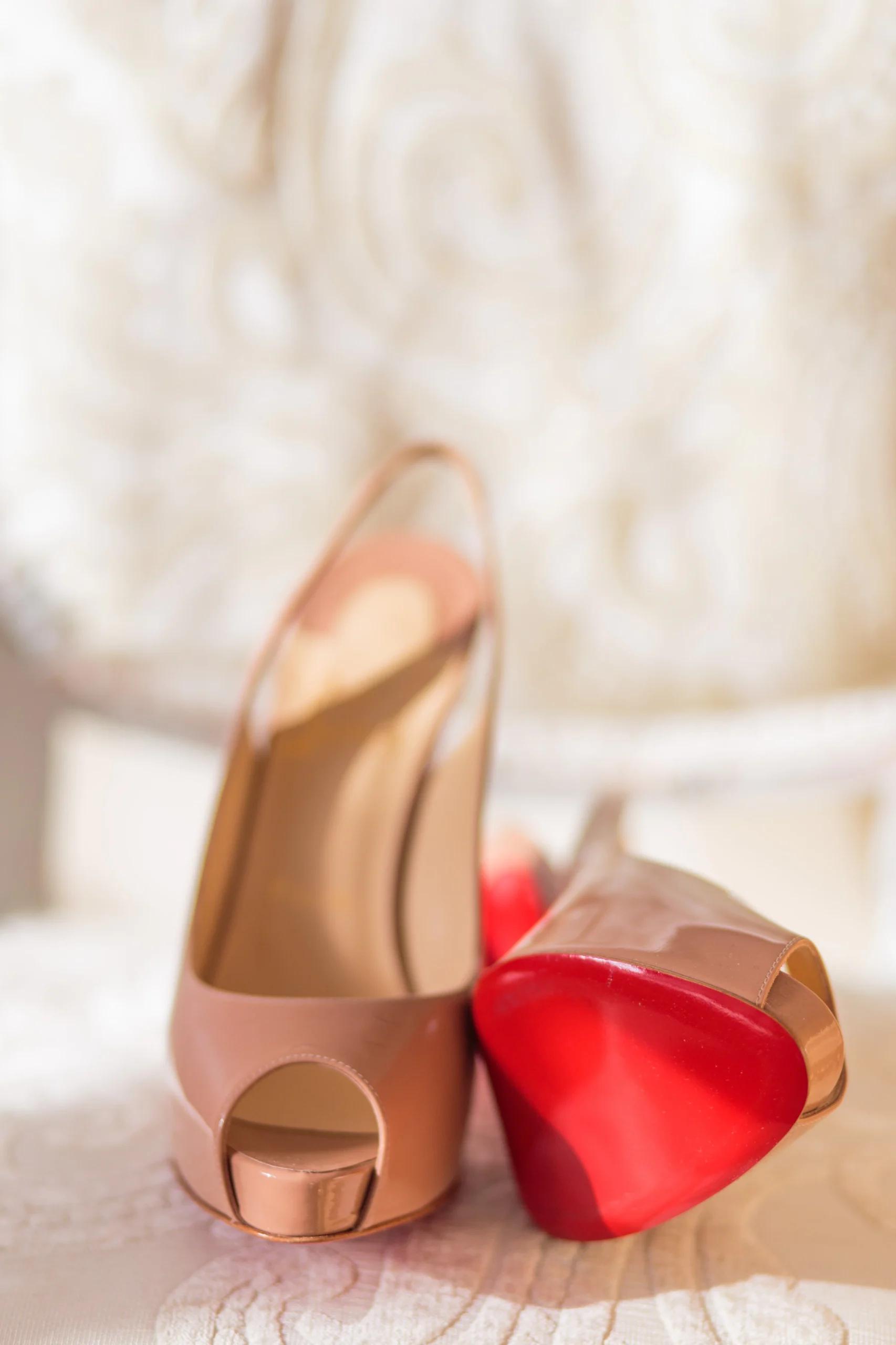On September 13th, a New York district court judge granted a motion for summary judgment in favor of Louis Vuitton and dismissed a trademark suit against the high-end fashion brand from footwear startup LVL XIII. LVL XIII sued Louis Vuitton in 2014 over the latter allegedly copying the metal toe plate on the outsole of LVL XIII’s sneakers.
LVL XIII filed a trademark application in 2013 with the USPTO for the look of a toe plate. It was described as “a shoe toe design featuring a rectangular metal plate across the front of the shoe toe with the wording ‘LVL XIII’ engraved in the metal plate, and four small screws in the corners of the metal plate.” The USPTO issued an office action in 2014, stating that registration could not be approved because portions of the mark were functional. Functional features cannot be trademarked. LVL XIII then requested a suspension of the application pending the outcome of litigation when it filed the suit against Louis Vuitton.
In the complaint, LVL XIII claimed that by copying the toe plate, Louis Vuitton was “exploiting the goodwill of LVL XIII in an effort to mislead” consumers and was making “a deliberate attempt to divert sales away from LVL XIII.” In the 100 plus-page opinion, Judge Engelmayer based his decision to grant Louis Vuitton’s summary judgment on the lack of distinctiveness in LVL XIII’s mark and the lack of a likelihood of confusion. In order to be registered, a mark has to have distinctiveness.
The court said the mark was not inherently distinctive, where “its intrinsic nature serves to identify a particular source.”
It then assessed whether the mark had acquired distinctiveness by attaining secondary meaning, where “in the minds of the public, the primary significance of a product feature…is to identify the source of the product rather than the product itself.” Engelmayer used the following six factors to analyze the presence of secondary meaning:
- Advertising Expenditures: The Court found that LVL XIII had not engaged in any traditional forms of paid advertising.
- Consumer Studies Linking the Mark to the Source: LVL XIII did not provide any consumer studies.
- Unsolicited Media Coverage of the Product: Most of LVL XIII’s media coverage had come as a result of a publicist.
- Sales Success: LVL XIII sold 500 pairs of the shoes out of 1,000 that were manufactured. The court did not consider that a success for the purposes of secondary meaning.
- Attempts to Plagiarize the Mark: LVL XIII could not show that there had been any attempts to copy the toe plate besides the alleged infringement by Louis Vuitton.
- Length and Exclusivity of the Mark’s Use: The court thought that LVL XIII’s eight months of use was too short to acquire secondary meaning.

Where creative minds come together
Even though the mark had no distinctiveness (and therefore couldn’t be registered), the court still proceeded with the question of the likelihood of confusion for consumers as to the source of the products, which must be proved for a trademark infringement claim to be successful. The court used the Polaroid factors to determine likelihood of confusion: 1) the strength of the plaintiff’s mark; 2) the degree of similarity between the plaintiff’s and defendant’s marks; 3) the competitive proximity of the products sold under the marks; 4) the likelihood that the plaintiff will bridge the gap; 5) actual confusion; 6) the defendant’s good faith, or lack thereof, in adopting its mark; 7) the quality of the defendant’s product; and 8) the sophistication of the plaintiff’s customers. The factors weighed in favor of Louis Vuitton and, thus, the court found that no likelihood of confusion would occur.
The case is LVL XIII Brands, Inc. v. Louis Vuitton Malletier SA et al, 1:2014cv04869, New York Southern District Court.
For more news and updates on trademark infringement cases, please keep reading our blog.



